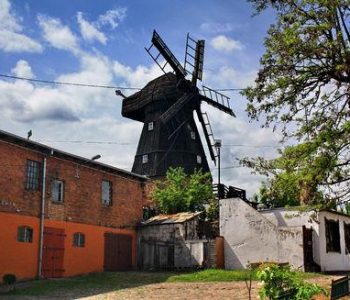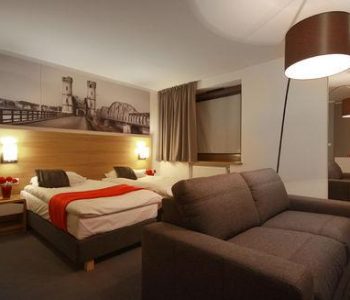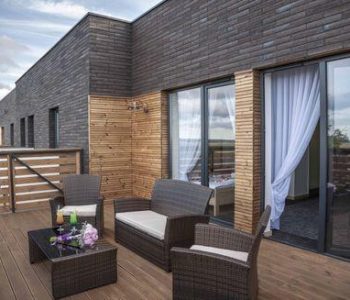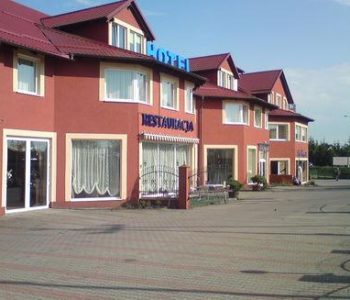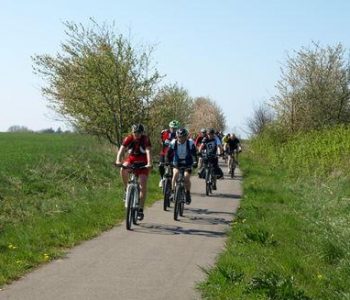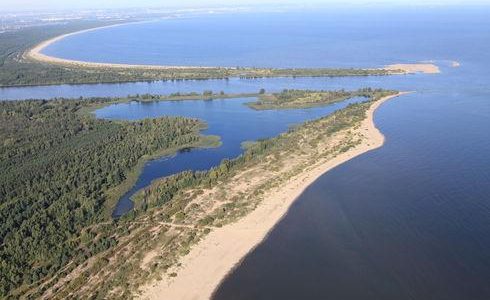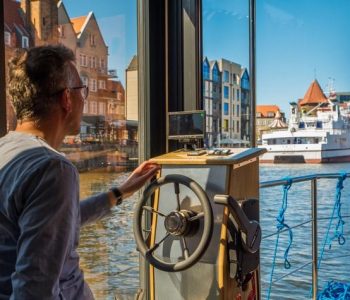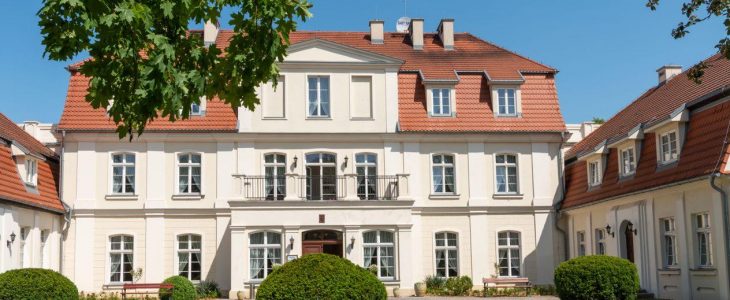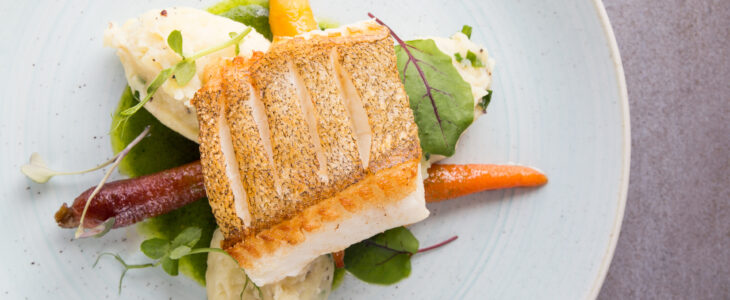Tczew ranks among the oldest towns of the Gdańsk Pomerania, boasting more than 800 years of confirmed history, now seen in its numerous historic buildings. The most interesting include the Tczew Bridge, constructed 150 years ago and recognised by the American Society of Civil Engineers as a Historic Civil Engineering Landmark (the same list features the Eiffel Tower in Paris) and the oldest of Tczew’s historic buildings – the 13th-Century Parish Church. The first mention of a settlement called Trsow, which is associated with Tczew, comes from 1198.
Tczew is also the town that features the oldest Polish Town Council – Councillors are mentioned in documents as early as in 1258 – two years before the town was granted its charter by Duke Sambor II. The most prominent historical residents of the town include Johann Reinhold Forster (1729-1798), a famous geographer and naturalist, participant in Captain J. Cook’s second journey around the world. The tenement house in which he was born still stands (4 Hallera Sq.)
The town features several places well worth visiting:
Bridges are a particular attraction of Tczew. The first of them was a road bridge from 1851-1857, at that time one of world’s longest bridges (837 metres long). Its construction cost 4 million thaler. The cornerstone was placed by Frederick William IV. At first, it featured ten turrets and two entrance gates with beautiful portals – only four turrets have survived to this day. The second, rail bridge, was built in 1888-1890.
A grant from the European Regional Development Fund, support from the Ministers of Labour and the Economy, and the town budget funds, made it possible to establish the Regional Exhibition Centre of the Lower Vistula – The Factory of Arts in Tczew. The institution operates an innovative package of activities to promote Kociewie’s heritage and runs a tourist information centre. It organises exhibitions connected with the sites of the economic use of the Vistula over the centuries, but is also a centre for activities of non-Governmental organisations towards the preservation and popularisation of Kociewie’s regional culture. The institution has become a place teeming with life and very popular among the residents, tourists and students of local schools. The Centre’s package includes exhibitions, lessons on regionalism and history, walks in the town, and artistic workshops. After a break connected with the redevelopment of the building, the Vistula Museum, which is a branch of the National Maritime Museum in Gdańsk, opened its exhibitions in the Centre. It is the only museums in Poland and one of four in the world, dedicated to a river.
The urban layout has survived since the Middle Ages with very few changes. The old narrow streets – Garncarska, Kościelna, Podmurna, Rybacka, and Zamkowa – have preserved not only their names, but also the charm of the bygone centuries. Hallera Square is the central point of the Old Town. The art nouveau tenements around it come from the 19th and 20th Centuries. It is interesting that most of them were built on mediaeval foundations.
Remains of the defensive walls
As early as in the 12th Century Tczew was surrounded by earthen and wooden ramparts. In the 14th Century new defensive walls were built of brick with added towers and keeps. The walls were about 1270 m long. In the 16th Century the town had 5 gates, including 2 wickets and 12 towers and reinforced keeps. The 14th Century walls now stand only as fragments on Zamkowa, Wodna, Rybacka, Podmurna, Krótka, and J. Dąbrowskiego Streets. Work towards renovating and exposing the historic walls is being gradually carried out.
Dating back to the 13th Century, it is the oldest historic building in the town. The church is a three-nave structure built in the Vistula Gothic style with a Baroque interior decor. In 1993, during renovation work, three walled-up recesses were discovered with several layers of paintings. The oldest of them, from the 15th Century, is a fresco depicting women saints: Catherine, Elizabeth, Helen, Irene, Hedwig of Silesia, Genevieve and Dorothy. Each of the saints holds her attributes – spindle, basket, church, cross, etc. It was uncommon for mediaeval religious art to depict the figures of women alone. The church suffered several fires. In 1982 the highest part of the tower – the wooden belfry – burnt down. Following reconstruction, the top of the tower is made of brick. It features four bells: The Redeemer of Man, Mary, John Paul II, and Vaclav.
Wooden, with a brick foundation, and a revolving head, the windmill was constructed in 1950 and is a unique tourist attraction of the landscape of Pomeranian towns. It features rarely-seen five sails and a revolving head. Since 1983 it has been private property. The windmill is featured in the town’s logo.

